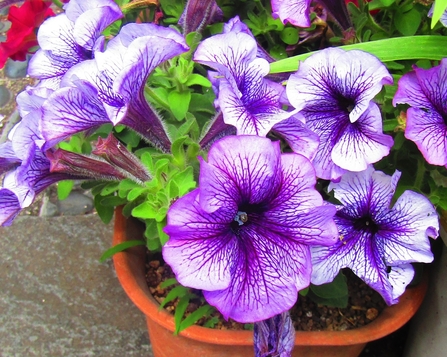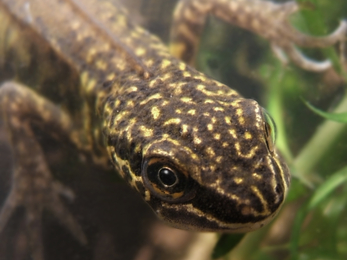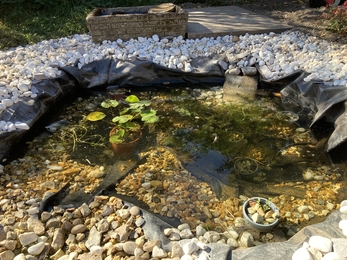Welcome to the April edition of our wildlife-friendly gardening blog.
Spring has finally sprung! Pots of grape hyacinths and native primroses are helping to feed bees and other pollinators. While borders are springing to life with nectar-rich lungwort and forget-me-nots. Look out for aerobatic swifts arriving later in the month as well as aphid munching seven-spot ladybirds.
The warmer days mean we can start sowing seeds for summer blooms – sunflowers are a firm favourite with children (of all ages!) and provide nectar for bumblebees as well as seeds for birds in the autumn. Many attractive plants have more than one use in the wildlife garden. Companion plants such as marigolds and nasturtiums, are great for attracting pollinators, some of which will be natural predators (lacewings and hoverflies) that help control aphids. Herbs such as oregano and thyme are great for cooking but leave some to flower as they are a good source of nectar for insects. Chives, and other scented herbs, can also help deter aphids from prized plants, including roses. Borage flowers are a super nectar source for bees and the leaves (soaked in water for one to two weeks) can make a free liquid plant food. What’s not to like!?






